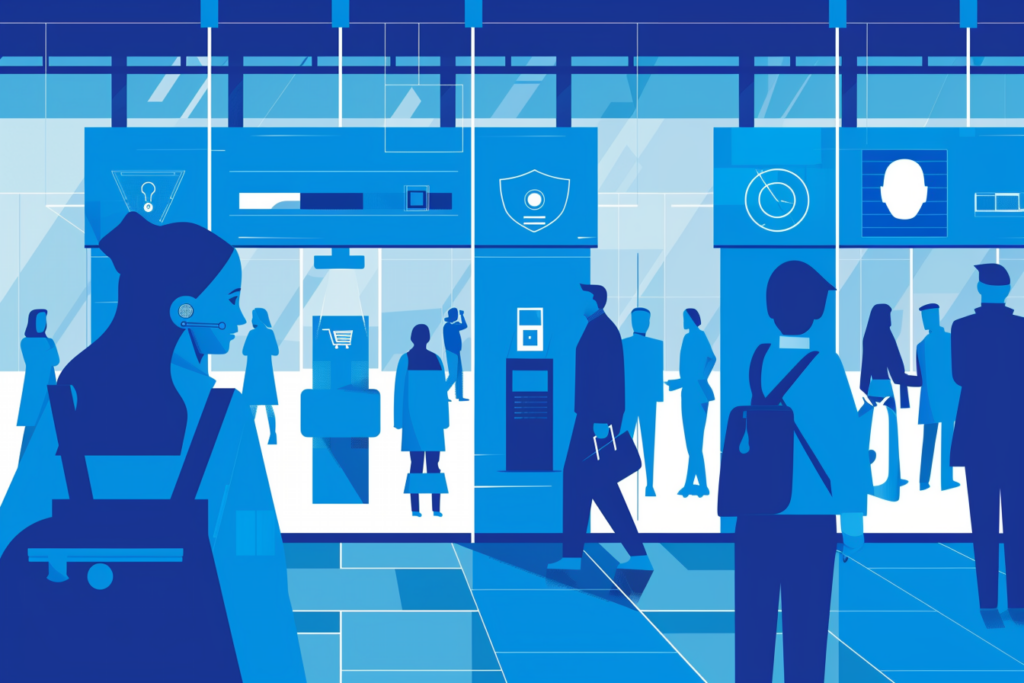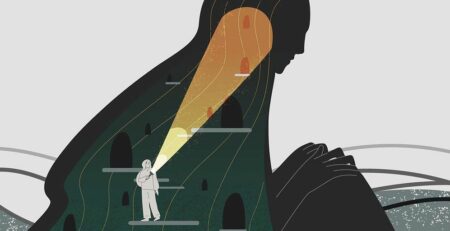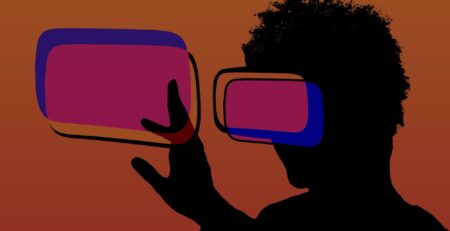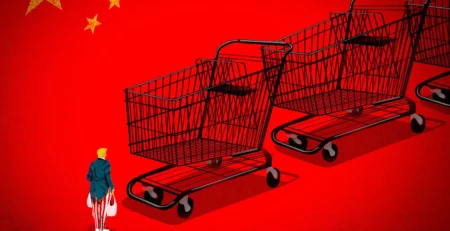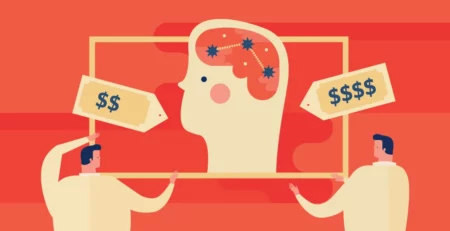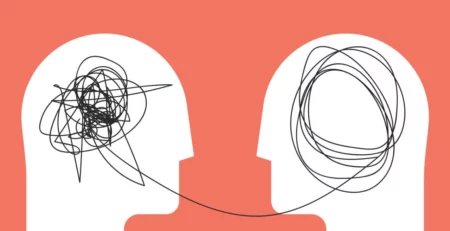From fingerprints to facial recognition, biometric technologies have sparked our imagination. The introduction of facial recognition is by far the major concern for people because it intrudes on their privacy. With the inclusion of AI, this technology has become even more vulnerable to privacy concerns. However, this technology comes with its own positives and negatives, but there are precautions that come along with its use to interact with it safely.
Do you want to know what’s going on in the world of facial recognition? Let’s listen to this post to know what new trends are hitting this space of technology.
Table of Contents
How it All Started With Facial Recognition?
In 1970, Japan tried to work on this technology using their primitive computers. It went in vain when it failed to match faces with those of celebrities. In 2001, the police department in Florida deployed this facial recognition surveillance system to identify suspects but failed to catch arrests. An Intel employee in 2011 demonstrated the idea of a camera system to distinguish male faces from female ones. However, it failed to identify the red-headed women and showed up as male. It shows that facial recognition has never been easy to create and deploy.
How Does It Work?
Facial recognition uses computer-generated filters to identify human faces. It uses biometric technology that, with the help of AI, transforms images or videos into numerical expressions. It works on databases of known faces. It captures the information from one subject and searches the database to find an identical or perfect match.
Is Facial Recognition Accurate?
For many years, there have been reservations about the use of this technology. It turned down many businesses with its false judgments and results. However, with the development of convolutional neural networks, facial recognition is gaining strength. The accuracy of facial recognition is determined by analyzing algorithms based on false positivity and false negativity. Initially, this system failed to offer correct results, but now its accuracy level is increasing. The error rate has reduced significantly from 10% to 1%, which makes it trustworthy to use.
Facial Recognition Use Cases
Here are some key use cases for facial recognition in different industries:
Residential and Commercial Access and Security
Facial recognition is being used for security and access in different sectors, including airports, railway stations, surveillance departments, and conventional security measures. These places install cameras and other security systems to stream and notify them of any suspicious activity they detect. Such a security system is costly, time-consuming, and not suitable for small-scale businesses.
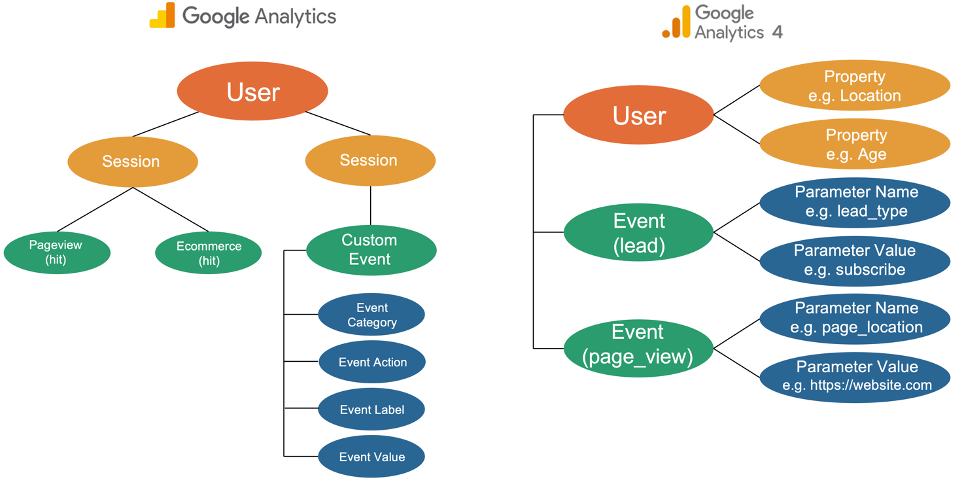
This technology is also being used in commercial and residential facilities. People install cameras and systems in their homes to detect people’s faces, recognize if they are family members or friends, and allow them to enter. Similarly, it restricts access to unauthorized guests. Moreover, companies use them on the entry doors of their facilities to recognize their staff.
You might have seen facilities, including research centers, hospitals, and factories, where facial recognition is being used to provide access and control to certain or authorized people only. These places have specialized equipment and machinery that only verified and authorized people can access and use. Facial recognition is being used for smart medicine cabinets, confidential research material, inspection, and access to expensive and heavy machinery.
Attendance Systems
In the past, traditional attendance required physical identification and biometrics. The prior one used for clocking in and clocking out was risky in terms of impersonation and favoritism. Sometimes, employees have to show their badges to get their attendance done. Forgetting pins, missing badges, and COVID-19 have made employers realize that facial recognition is the right technology to choose for attendance. Due to its high cost and maintenance, many businesses still rely on attendance using CRM apps.
As companies have resumed on-premise operations, facial recognition will help them save time in their attendance system. It is contactless and creates a lesser risk to contact any bacteria and viral transmission. It is highly accurate and reduces the errors in human recognition.
Retail Stores
Facial recognition technology is being increasingly used in the retail sector to offer a personalized experience to loyal customers. It allows retail stores to detect the faces of their customers and offer VIP treatment. This helps in offering a more individualized experience. Based on historical data on those particular customers, retailers offer different recommendations.
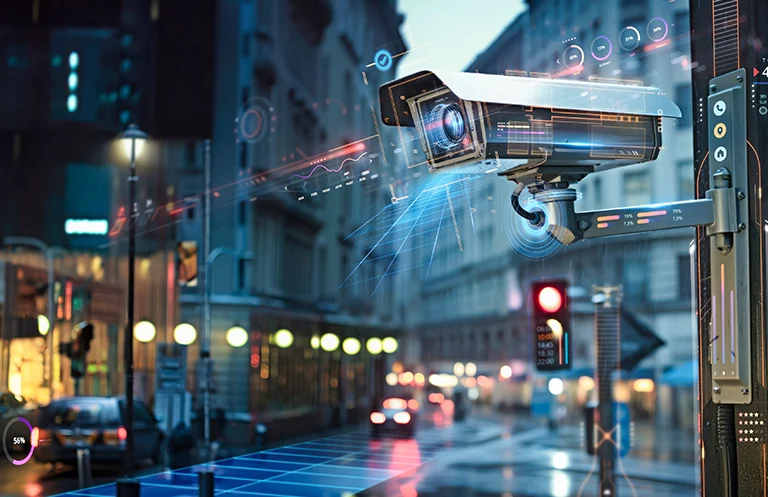
In addition, with facial recognition, it recognizes the customer’s face and allows them to make contactless payments in stores.
Finance
Finance is another major industry that is being revolutionized by facial recognition. This sector has maximized its use to cope with security lapses and prevent fraud. From online payments to maintaining passwords and pins, facial recognition has taken over all these roles. Financial institutions now use this technology to protect financial transitions, ensuring that a person who is withdrawing money has the same defined identity.
Furthermore, special customers are being traced from their faces to offer a more individualized experience. Those people who have been involved in money criminal practices can easily be tracked by facial recognition as soon as they enter the premises.
It shows how using facial recognition software has relieved financial institutions from extra efforts to prevent all these from happening.
Best Facial Recognition Software You Need to Know
If you want to take your security to the next level, you have to use state-of-the-art facial recognition software.
DeepFace
Deepface is facial recognition software that identifies faces with images. This system works on nine layers of a neural network and has over four million images in its database, mainly from Facebook. This software was introduced by a group of individuals at Facebook.
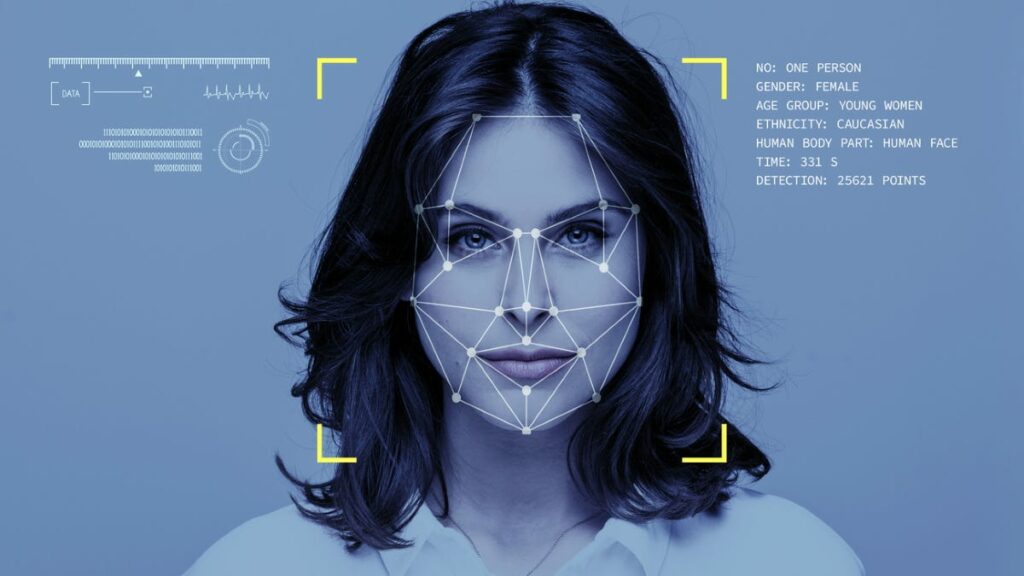
It has all the AI and machine-learning algorithms to analyze facial attributes. Some of the main key features of this tool include facial recognition, verification, and analysis. It works by using a 3D model of human faces that matches normal human faces using images.
Amazon Rekognition
We can never underestimate the creativity of Amazon, as it shows in its facial recognition software name. It is one of the most popular software programs for this role because it searches for and analyzes facial features. This software is used to detect faces, for user verification, and for other surveillance systems. Its database is huge, which enhances its accuracy to 100%.
Besides faces only, it can detect logos and other objects too. Key features of this software include liveness detection, face comparison and analysis, face detection, and content moderation for any unreasonable images. Amazon Rekognition is considered the best overall facial recognition tool.
Face++
Face++ has deeper facial analysis features backed by AI-driven identification traits. It is best used to identify and recognize images in less-ideal scenarios. In addition to its powerful liveliness and skeleton detection, it also recognizes human body movements. It is built on 3D face model infrastructure to analyze every angle and attribute of the face. Moreover, if you want to identify someone with their emotions on their face, it can assist you in that.
Use the Potential of Facial Recognition Tools
Facial recognition has many potentials, from security to marketing, but it still raises ethical issues and privacy concerns. This lack of privacy measures has raised concerns for many security agencies as well as for businesses. Since this technology is now being recognized and becoming more widespread, it must restrict privacy invasions and secure the data that is being used to detect faces and identities.
Have a vision for your business? Let us help you get started! At EvolveDash, we’re passionate about helping businesses grow and evolve in the digital world. Our team is here to help every step of the way, from developing custom mobile apps to creating personalized websites.
With a proven track record of helping over 100 satisfied customers and 450 completed projects, we’re confident we can help you achieve your goals too. Let’s turn your business vision into success!
FAQs
- What industries use facial recognition technology the most?
Industries such as security, retail, finance, healthcare, and law enforcement are some of the biggest adopters.
- How does facial recognition improve security?
It helps identify individuals quickly, enhances surveillance systems, and provides contactless entry and transaction security.
- What are the main concerns about facial recognition?
Privacy issues, data security risks, and the potential for misuse in surveillance are some key concerns.
- Can facial recognition be used for online transactions?
Yes, it is increasingly used in online banking and payments to verify user identity and prevent fraud.
- Is facial recognition technology always accurate?
No, accuracy depends on various factors like lighting, angle, and the quality of the database used for matching faces.
